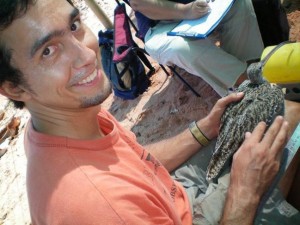Eduardo Gallo-Cajiao, Intern, EAAFP
International collaboration initiatives are at the core of migratory species conservation and couldn’t be more relevant to our flyway. Countries working individually and without coordination are unlikely to achieve the goal of protecting highly migratory species, such as many waterbird species, whose lives depend upon adequate management of sites spanning the globe. Countries within the East Asian-Australasian Flyway have been working in the development and implementation of international cooperation agreements for more than 40 years in order to foster conservation of waterbirds. I am currently doing an internship at the EAAFP aimed at identifying all those international agreements, what they mean to waterbird conservation, how they have been translated into national policies in various countries, and which stakeholders have been engaged along the way. Characterising this intricate network of initiatives will enable us to make better use of the existing agreements, and identify potential gaps that may require attention for further policy development. As part of this project, I have been interviewing key stakeholders, such as government officials from Australia and staff members from conservation organisations, who have provided important insights about policy development and processes. In the next few months I will be based in Incheon and Beijing, where I hope to share this exciting project with many of you, as well as conduct more interviews.
This work is supported by the East Asian-Australasian Flyway Partnership, partly through funds supplied by the Australian Government, Department of the Environment.





